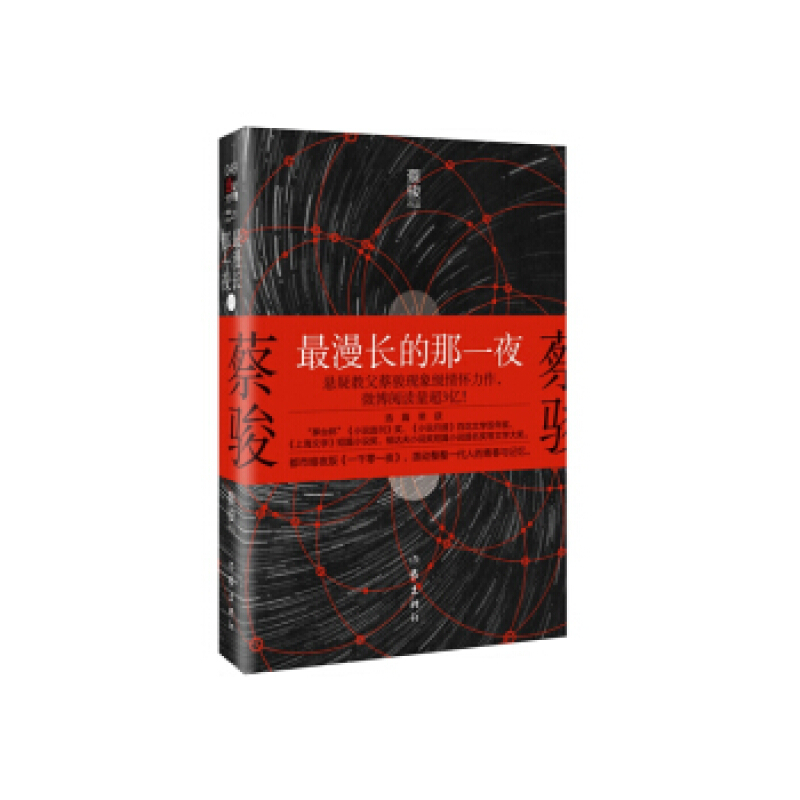#电子书截图
#电子书简介
1 Research Background
Information is important to make decisions, especially in stock market. People attempt to rely on various kinds of information to predict the stock prices and discover the opportunities of arbitrage. However, investors confront too much information that concerns macroeconomic and industries as well as specific firms. Identifying and choosing information is not an easy task. Informed investors have better investing performance because of more sufficient information and faster response to information. Effective and timely information is plausible to be a magic key for successful investment.
1.1 Efficient Markets Hypothesis and Information
One very important theory in finance which is based on information is the Efficient Market Hypothesis (EMH), proposed by Fama(1965). EMH presents stock prices completely reflect all common information at any given time, and arbitrage from information is unrealized. Therefore, no investment policy can produce an average return that surpasses the required compensation for risk. When news comes, the new information will be transmitted very quickly and finally incorporated into the stock prices with no break and delay. EMH maintaining price changes are random and unpredictable as new information arrives at the market randomly.
Sewell(2011) who analyzes historical papers about EMH, finds that only under half of the papers support market efficiency. The assumption of EMH seemingly does not hold for most investors. Irrational behaviors and restricted cognitive reserves could prevent investors from instantly handling all common information (e.g., Shleifer, 2003). Merton(1987) reports the investors just pay attention to a small amount of stocks and operate stocks that they possess information about. Even if new information is obtainable in public, it cannot be included into prices until investors take notice of it. Therefore, in realistic life, information cannot instantaneously be incorporated into all stock prices.
Contents
Chapter 1 Introduction
1 Research Background
1.1 Efficient Markets Hypothesis and Information
1.2 The Process of Information Diffusion
1.3 Internal Determinants of the Process of Information Diffusion
1.4 External Determinants of the Process of Information Diffusion
1.5 Industry Factor and Information Diffusion
1.6 Policy Changes in Chinese Stock Market
2 Motivation
3 Problem Statement
4 Research Questions
5 Research Objectives
6 Significance and Contributions of the Study13
7 The Organization of the Study15
Chapter 2 Chinese Stock Market
1 Introduction17
2 The Stock Exchanges in China 18
3 The Classification of Stocks in Chinese Stock Market 19
3.1 The Tradable and Non-tradable Stocks 19
3.2 Class A and Class B Shares 20
4 The Market Participants in Chinese Stock Market 21
4.1 Domestic Individual Investors21
4.2 Domestic Institutional Investors22
4.3 Foreign Investors 23
5 The Distinctive Characteristics of Chinese Stock Market
5.1 Price Limit
5.2“ T+1” Trading Institution
5.3 Low Transaction Cost
5.4 Independence from US Market
6 Policy Reforms in Chinese Stock Market
7 Summary 30
Chapter 3 Literature Review
1 Introduction31
2 Overview of Efficient Market Hypothesis
3 Gradual Information Diffusion
4 Internal Determinants of the Process of Information Diffusion
4.1 Firm Size39
4.2 The Level of Analyst Coverage39
4.3 The Level of Institutional Ownership40
4.4 Trading Volume41
4.5 Book to Market Ratio (B/M)42
5 External Determinants of the Process of Information Diffusion42
5.1 Short Sale Restriction and Information Diffusion42
5.2 Market Conditions and Information Diffusion43
5.3 Policy Changes and Information Diffusion45
6 Information Diffusion and Industry Factor 47
7 Research Framework 49
8 Research Hypotheses51
8.1 Intra-industry Information Diffusion and Firms’ Specific Characteristics51
8.2 Intra-industry Information Diffusion and Market Conditions54
8.3 Intra-industry Information Diffusion and Policy Changes55
9 Summary56
Chapter 4 Methodology
1 Introduction57
2 Data57
2.1 Sample Period58
2.2 Sample Selection58
3 Sorting Methods60
4 Measurements of Variables61
4.1 Stock Return61
4.2 Market Return62
4.3 Firm Size62
4.4 Trading Volume63
4.5 Book to Market Ratio (B/M)63
5 Examining Internal Determinants of Intra-industry Information Diffusion63
5.1 Testing on Vector Auto-regression (VAR)63
5.2 Testing on Panel Vector Auto-regression (PVAR)67
5.3 Test of Intra- and Inter-industry Information Diffusion 67
6 Investigating Information Diffusion in Different Market Conditions69
7 Investigating the Impacts of Policy Changes on the Information Diffusion 73
8 Summary 77
Chapter 5 Empirical Results
1 Introduction78
2 Examining Internal Determinants of Intra-industry Information Diffusion78
2.1 Firm Size78
2.1.1 Summary Statistics79
2.1.2 Vector Auto-regression for Firm Size82
2.1.3 Panel Vector Auto-regression for Firm Size88
2.1.4 Summary91
2.2 Trading Volume 91
2.2.1 Vector Auto-regression for Trading Volume91
2.2.2 Panel Vector Auto-regression for Trading Volume97
2.2.3 Summary100
2.3 B/M Ratio 100
2.3.1 Vector Auto-regression for B/M Ratio100
2.3.2 Panel Vector Auto-regression for B/M Ratio106
2.3.3 Summary108
2.4 Test of Intra- and Inter-industry Information Diffusion109
2.5 Finding Summary110
3 Intra-industry Information Diffusion and Market Conditions111
3.1 Information Diffusion and Shorter Horizon of Market Condition111
3.2 Information Diffusion and Longer Horizon of Market Condition117
3.3 Robustness Check 123
3.3.1 Robustness Check for Trading Volume Portfolios123
3.3.2 Robustness Check for B/M Ratio Portfolios128
3.4 Finding Summary132
4 The Impacts of Policy Changes on the Intra-industry Information Diffusion 133
4.1 The Impacts of Policy Changes during Three Sub-periods133
4.2 Robustness Check 140
4.2.1Robustness Check for Trading Volume141
4.2.2 Robustness Check for B/M Ratio144
4.3 Finding Summary147
5 Summary147
Chapter 6 Discussion and Conclusion
1 Introduction149
2 Recapitulation of the Study149
3 Discussion of finding152
3.1 Internal Determinants of Intra-industry Information Diffusion152
3.2 Market Conditions and Intra-industry Information Diffusion154
3.3 Policy Changes and Intra-industry Information Diffusion156
4 Implications of the Study157
4.1 Theoretical Implication 157
4.2 Practical Implication158
5 Limitations of the Study160
6 Suggestions for Future Study160
7 Conclusion161
References163
本书聚焦于行业内部,使用面板和条件VAR模型,系统地研究了中国股票市场的信息扩散问题。本书发现,中国股票市场的信息扩散是一个渐进的过程。公司规模、交易量、账面市值比等内部因素都可以影响信息扩散的过程。而市场条件的不同和政策的改变作为外因,也可以影响信息的扩散。本书在理论上继承了行为金融学对传统有效市场理论的批判,在实践中也为投资者提供了一些切实可行的操作思路。
市场中同类型的图书较少,大多数证券投资类的图书更注重于技术分析,而往往对投资者本身分析的不够。










评论列表(0)